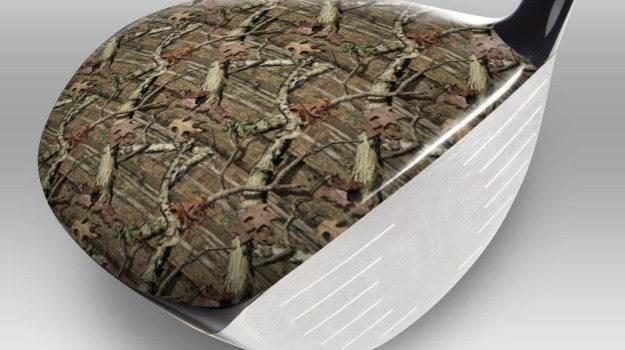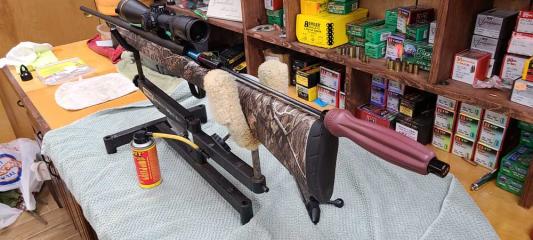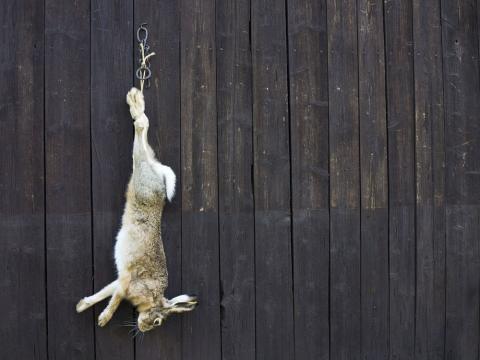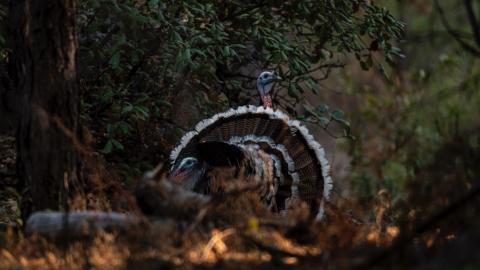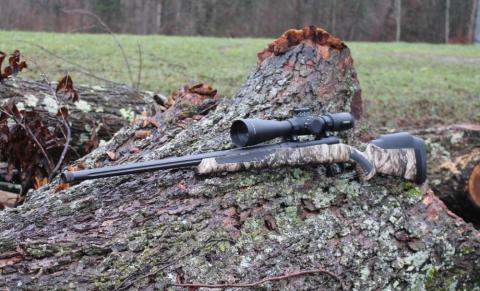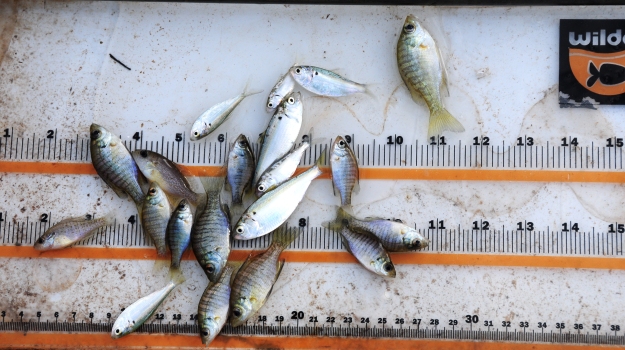
By Barry W. Smith
Tiger Bass in well-managed ponds and lakes throughout the southeastern United States have exhibited growth of up to 2 pounds per year for periods of six years or longer. Many lake owners have documented growth of Tiger Bass weighing more than 10 pounds in just five years. The genetic growth potential of this fish has indeed been impressive, but an important key to this rapid and sustained growth has been the creation of an abundance of proper-size food items through initial forage stockings.
During the past 10 years there have been significant changes in stocking philosophies that have positively influenced the availability of food for both short-term and long-term bass growth. One of the most important changes has been altering the initial stocking ratio of bluegill to bass from a traditional 10:1 to a 30:1, or even higher. There has been some limited research on altering stocking ratios by Dr. Mike Maceina at Auburn University Department of Fisheries, Auburn, Ala. However, most of the experimentation has been through private-sector stocking programs. You can read a summary of Dr. Maceina’s research on our web site www.americansportfish.com under “Articles.”
Traditional Stocking Ratio:
The 10:1 stocking ratio of bluegill to bass was developed in the late 1940s and early 1950s by Dr. Homer Swingle and his coworkers at Auburn University. The goal in developing the original stocking ratio was to achieve a reproducing, self-sustaining population of bass and bluegill that rural pond owners could use for recreation; but more importantly, as an additional source of protein to supplement the diet of rural farm families. Typical bass growth was about 10 to 12 inches within one year. Bluegill growth was typically 6 to 7 inches, or approximately .25 pounds in one year. This stocking ratio was adopted during the early 1950s by most state game and fish agencies in the southeast.
For more than six decades, both state game and fish agencies and university extension agencies, have recommended the 10:1 stocking ratio, either 500 fingerling bluegill and 50 bass fingerlings per acre or 1,000 bluegill and 100 bass per acre. You will find these agencies continuing to recommend a “one size fits all” philosophy for new ponds, regardless of the type of fishing you desire to create.
With few exceptions, traditional 10:1 stocking ratio results in declined bass growth rates and tendencies of “bass crowding” within the second year following bass stocking. If you are interested in developing an outstanding bass fishing lake that produces consistent catches of fat, fast-growing fish in the 3- to 6- pound-plus range, then you should consider alternative bluegill to bass stocking ratios that promote that type of fish population.
Alternative Bluegill to Bass Stocking Ratios:
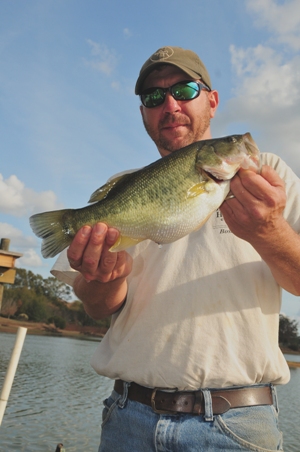 Our experience in creating excellent bass fishing lakes indicates that a bluegill to bass stocking ratio of 30:1 creates an abundance of bluegill forage and promotes rapid and sustained growth of bass for a number of years. Typically, minimal bass harvest is required for the first three years because bass reproduction is low. With traditional stocking ratios, bass reproduction is usually high, resulting in the need for very aggressive bass harvest programs to maintain adequate levels of forage and satisfactory bass growth.
Our experience in creating excellent bass fishing lakes indicates that a bluegill to bass stocking ratio of 30:1 creates an abundance of bluegill forage and promotes rapid and sustained growth of bass for a number of years. Typically, minimal bass harvest is required for the first three years because bass reproduction is low. With traditional stocking ratios, bass reproduction is usually high, resulting in the need for very aggressive bass harvest programs to maintain adequate levels of forage and satisfactory bass growth.
For clients interested primarily in bass fishing, we recommend stocking 1,500 bluegill per acre during the fall or late winter, followed by 50 Tiger Bass fingerlings per acre during June. We also encourage supplemental forage species, such as fathead minnows, golden shiners and threadfin shad. Each of these species contributes to the rapid growth of the Tiger Bass.
Supplemental Forage Species:
Fathead minnows contribute to the first-year growth of fingerling bass. When stocked during the fall or late winter, the fatheads spawn multiple times from March through June. These small minnow fry provide a lot of extra food for bass before the bluegill begin to spawn in late May or June. Fatheads prefer to spawn on the underneath surface of logs or other woody structure. Some materials may be added to the pond in the spring to increase spawning habitat and minnow production. In most ponds, fathead minnows will disappear from the population by late fall, as the bass will eat all of the reproduction and then the adults. We do not recommend adding fatheads to established bass-bluegill ponds, as the minnows seldom have an opportunity to spawn before they are eaten.
Golden shiners lay their eggs along the shoreline on rock rip-rap or vegetation. Shiners are good forage for fingerling and adult bass and will often help discourage excessive bass spawning. Golden shiners are egg eaters and if shiner densities are high enough, will help reduce bass spawning.
Threadfin shad are an important supplemental forage species for accelerated largemouth bass growth in both new and established ponds. Threadfin shad are often stocked in the spring or early summer and will build up enough numbers and biomass to contribute to the bass food supply during the fall. In new ponds, threadfin shad can be successfully stocked during the spring before the bass are stocked-- or during the same month the bass fingerlings are stocked (usually June). With very few exceptions, excellent bass fishing lakes will contain threadfin shad. These fish not only provide forage, but at certain times of the year will generate surface feeding activity as a result of their schooling behavior. Although individual threadfin do not get large, bass are often able to engulf multiple fish in one strike. Threadfin will often change the dynamics of the bluegill population, resulting in higher numbers of 3- to 5-inch bluegill, which are ideal forage for bass in the 3- to 6- pound range.
Tiger Bass:
Most pond owners do not realize that the growth potential of the Tiger Bass can be as great as 4 pounds per year. The maximum growth potential of the Tiger Bass is seldom achieved, because of inadequate numbers of proper-size forage. In most lakes, bass growth is usually restricted by the amount of forage available. Managing for large numbers of proper-size forage is an important factor in developing and sustaining bass growth.
Spencer Ross, a member of the 125-acre Bear Lake Fishing Club in Washington County, Ala., has the following comments about Tiger Bass, “Bear Lake was stocked by American Sport Fish with Tiger Bass in June of 2004. Since then, I have personally caught more than 50 bass that have weighed 10 pounds or more from Bear Lake. In the early spring of 2011, I caught one of several bass that weighed more than 14 pounds. Of all the bass I have caught in Bear Lake, the most impressive growth was that of the 3.5-pound bass I caught only seven months after it was stocked as a 2-inch fingerling!”
If you have a new lake you want to develop into a great bass fishery, stock it with a 30:1 ratio of bluegill to bass. The rewards are well worth the initial investment.














